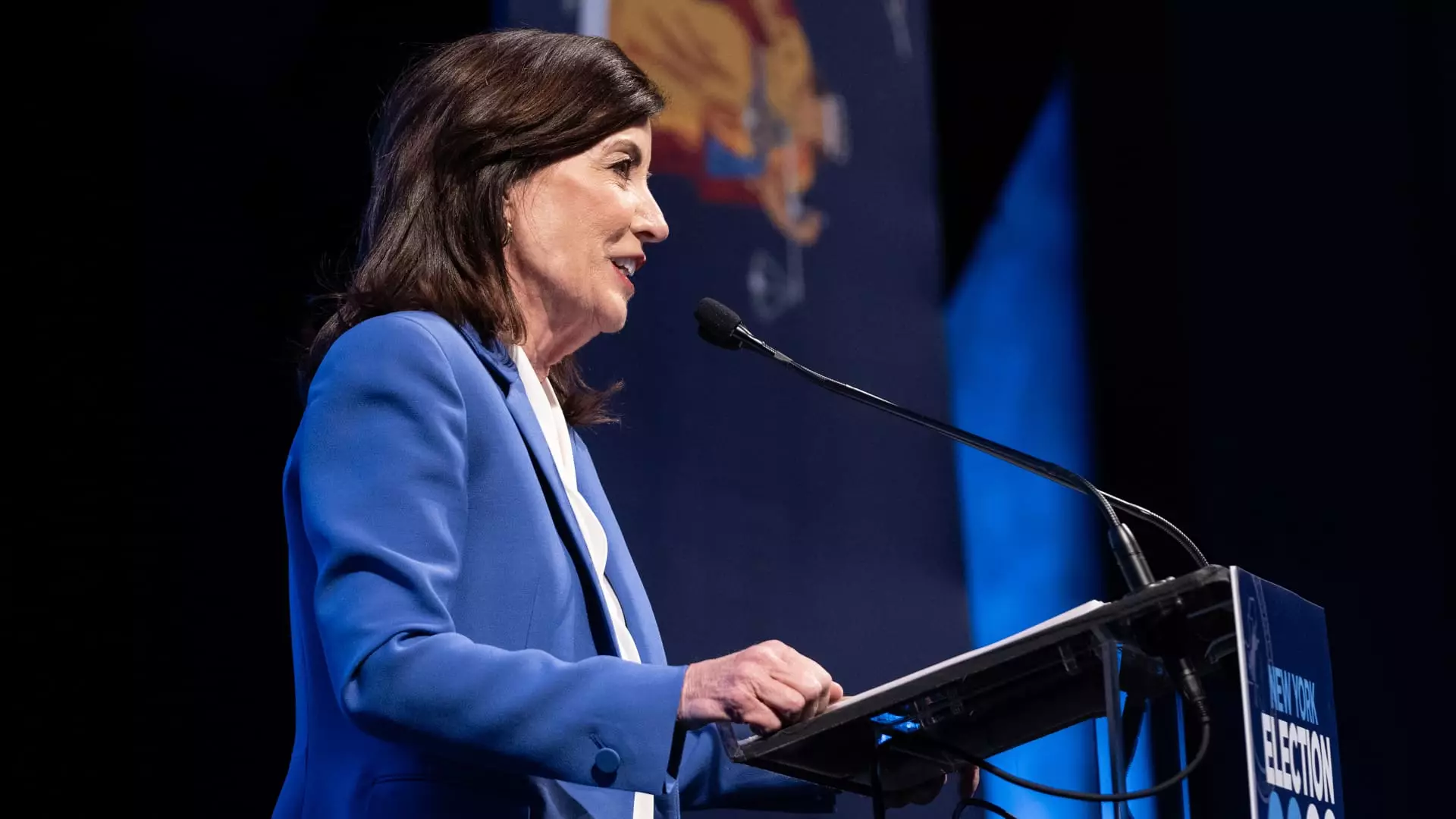The recent introduction of a program in New York offering homeowners up to $14,000 in rebates for energy-efficiency upgrades signals a positive step towards promoting greener living. This initiative, under the federal Inflation Reduction Act, is a major push towards achieving climate goals and reducing carbon emissions. By encouraging consumers to make their homes more energy-efficient through air sealing, insulation, electric heat pumps, and electric stoves, the program aims to lower both costs and emissions.
Building on the success of New York’s program, more states are expected to implement similar rebate initiatives by the end of summer. With the aim of reducing the financial burden on consumers while also addressing climate concerns, the federal government allocated $8.8 billion for two Home Energy Rebates programs. These substantial financial incentives are designed to offset the costs of energy-efficiency upgrades, providing consumers with a more sustainable way of living.
In order to ensure broad accessibility, states, territories, and tribes are required to apply for federal funds to administer the rebate programs. Currently, seventeen states have already applied for funding, indicating a widespread interest in promoting energy-efficiency among homeowners. Moreover, the programs are primarily targeted towards low and middle-income homeowners, with specific income thresholds to qualify for the rebates. This approach aims to make energy-efficient upgrades accessible to a wide range of households, particularly those in need of financial assistance.
The Home Energy Rebates comprise of two main programs: the Home Efficiency Rebates program and the Home Electrification and Appliance Rebates (HEAR) program. While New York has launched a part of the HEAR program, additional phases are set to follow, expanding the scope of rebates available to consumers. The initiative also plans to introduce technology-neutral rebates under the Home Efficiency Rebates program, tying the rebate value to the overall energy savings achieved through efficiency upgrades. This forward-thinking approach incentivizes households to make significant energy cuts, which in turn results in larger rebates of up to $8,000.
Looking ahead, the expansion of energy-efficiency rebate programs across the nation is a positive step towards reducing carbon emissions and promoting sustainable living practices. By encouraging homeowners to invest in energy-efficient upgrades, these initiatives not only lower energy bills but also contribute to a greener future for all. With increased awareness and participation, it is expected that more households will take advantage of these rebates, ultimately leading to a significant reduction in energy consumption and environmental impact.

